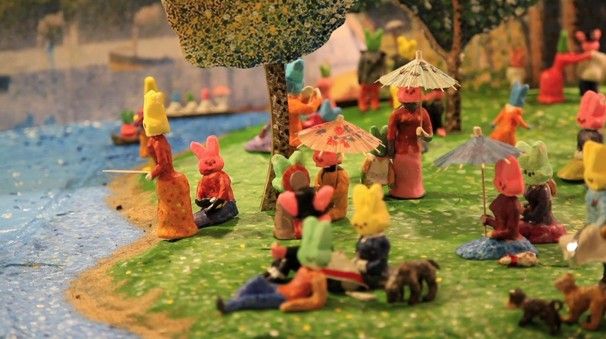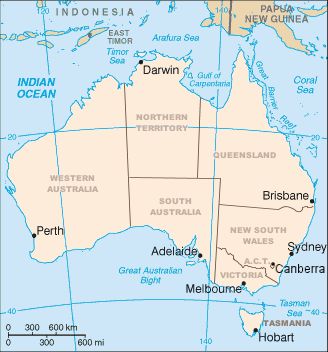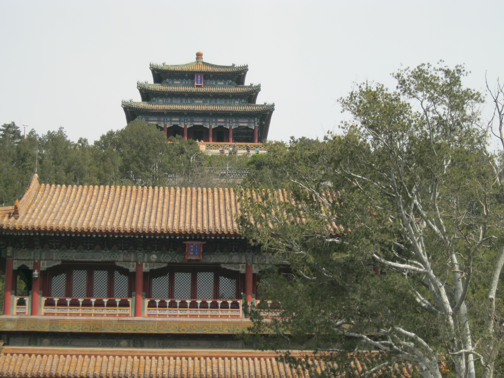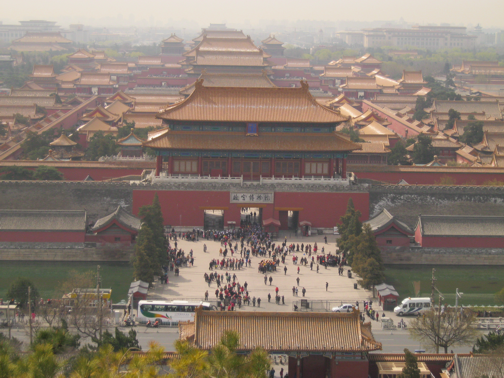An origin myth

Sky dominated my view, expansive and welcoming. Flyers found air space at varying levels, like planes directed by hidden air traffic controllers. Swooping low, barn swallows performed touch-and-go exercises. Higher, clouds of blackbirds undulated almost across the horizon. They signaled cooler weather coming, but it was not fall yet. For now, clear, indirect light silhouetted the birds against pale blue.
At ground level, thistles reached upward, tough and tall. Goldenrod, flowering heads brushed lengthwise, reminded me of ancient brooms, worn down from years sweeping the stone hearth. Queen Anne’s lace had curled into tight clusters, pregnant with seeds waiting to spill forth.
Pelicans were back, flying so high, wingtips reflecting the late afternoon sun. They looked like confetti drifting slowly in a circle, until they wheeled and changed direction, moving closer in view. For me, the pelicans’ appearance always seemed like a gift. Now, with such perfect timing, the pelicans must be a good omen.
I needed a good omen. The year was difficult in many ways, full of extremes, joy marred by illness and tragedy. The cancer and anorexia were merely death threats. The murders were unbearable and incomprehensible, tearing the fragile scrim, the illusion of safety.
I flew, too, but I flew alone. As with the pelicans above me, it was easier to fly than walk, my body awkward and unbalanced on the ground. Like Icarus, I used my wings to escape. Unlike him, I flew low, skimming the rooftops and crowns of trees. The view from above, in motion, removed details I needed to ignore. Instead I could focus, just on moving forward, and then on landing safely.
The sun shifted and blackbirds and pelicans moved on. As the leaves curled and fell, as dew on the dried maize reflected morning light, death hovered around us. The sky became broader still, opening through stark bare branches.
Waiting, I still flew. Crows bossed during the day. In the evenings they settled, scores in stands of trees, chattering odd noises like rusty hinges.
I posed no threat to them, did not disturb them from their roosts, even while I prepared to make my own. Landing, nesting, I had flown past the sorrows of the summer, though they were visible to me when I turned.
Flying snow, flurrying, melting; the fall did not readily concede to death. The rising sun brightened the sky, warming the earth again. And on that day, I gave birth to a flyer.
Fledged now, he flies for us as well as himself. Soon he will fly like the pelicans, broad wingspan carrying him higher, beyond view. Leaving and returning, a good omen.
Cross-posted at Our View from Iowa









